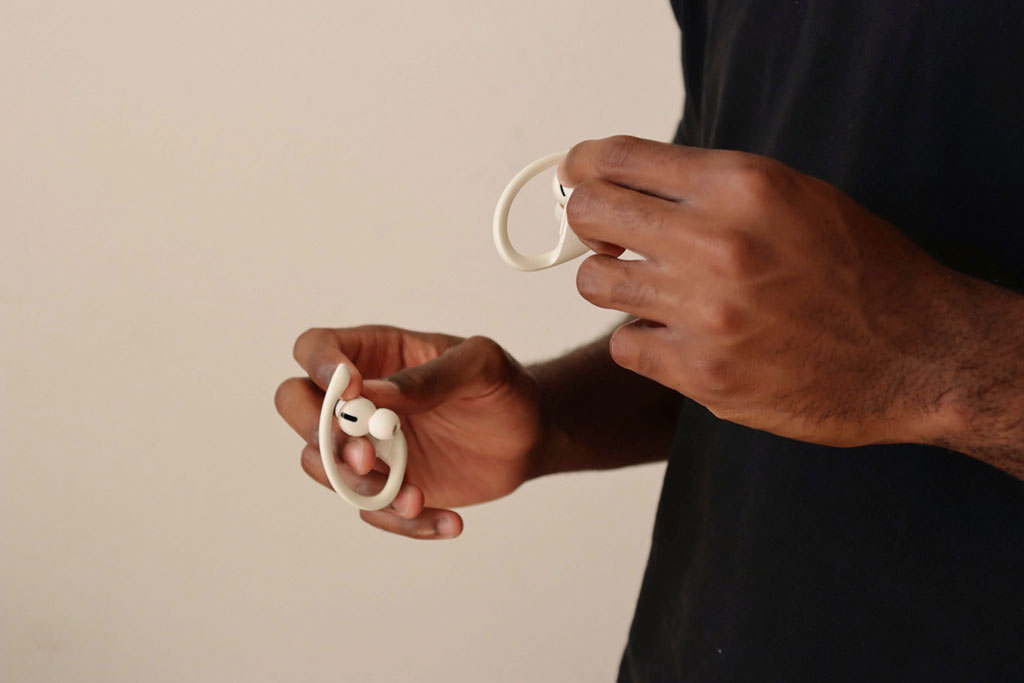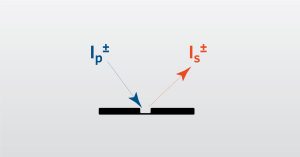
Unlocking the Power of Automated Test Equipment (ATE) and Customized Solutions
Automated Test Equipment (ATE) systems are carefully designed to test a wide range of semiconductor devices. EAG provides tailored ATE test solutions to meet the unique needs of clients.




